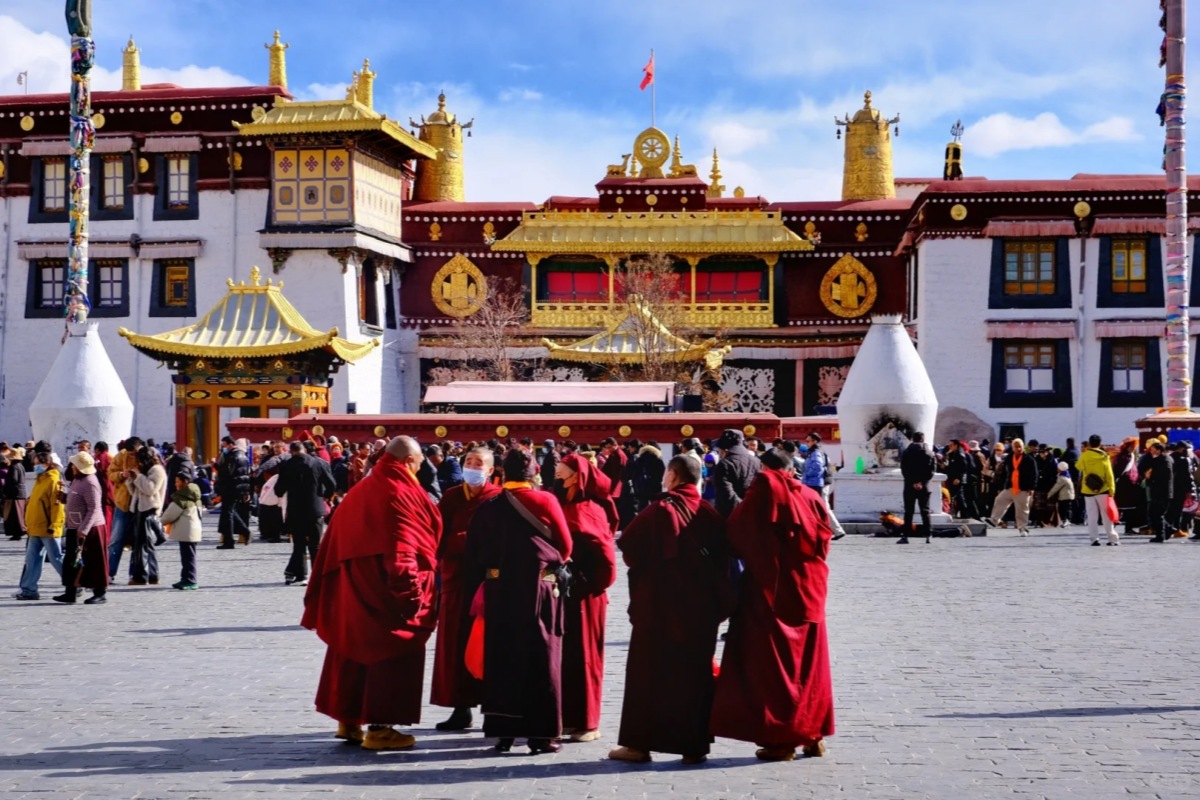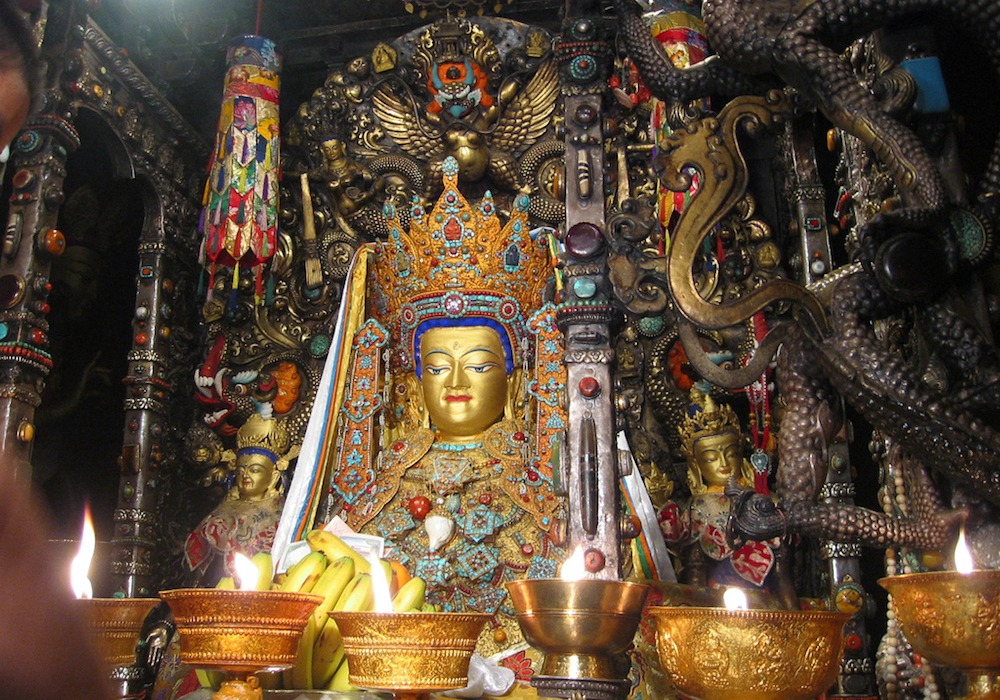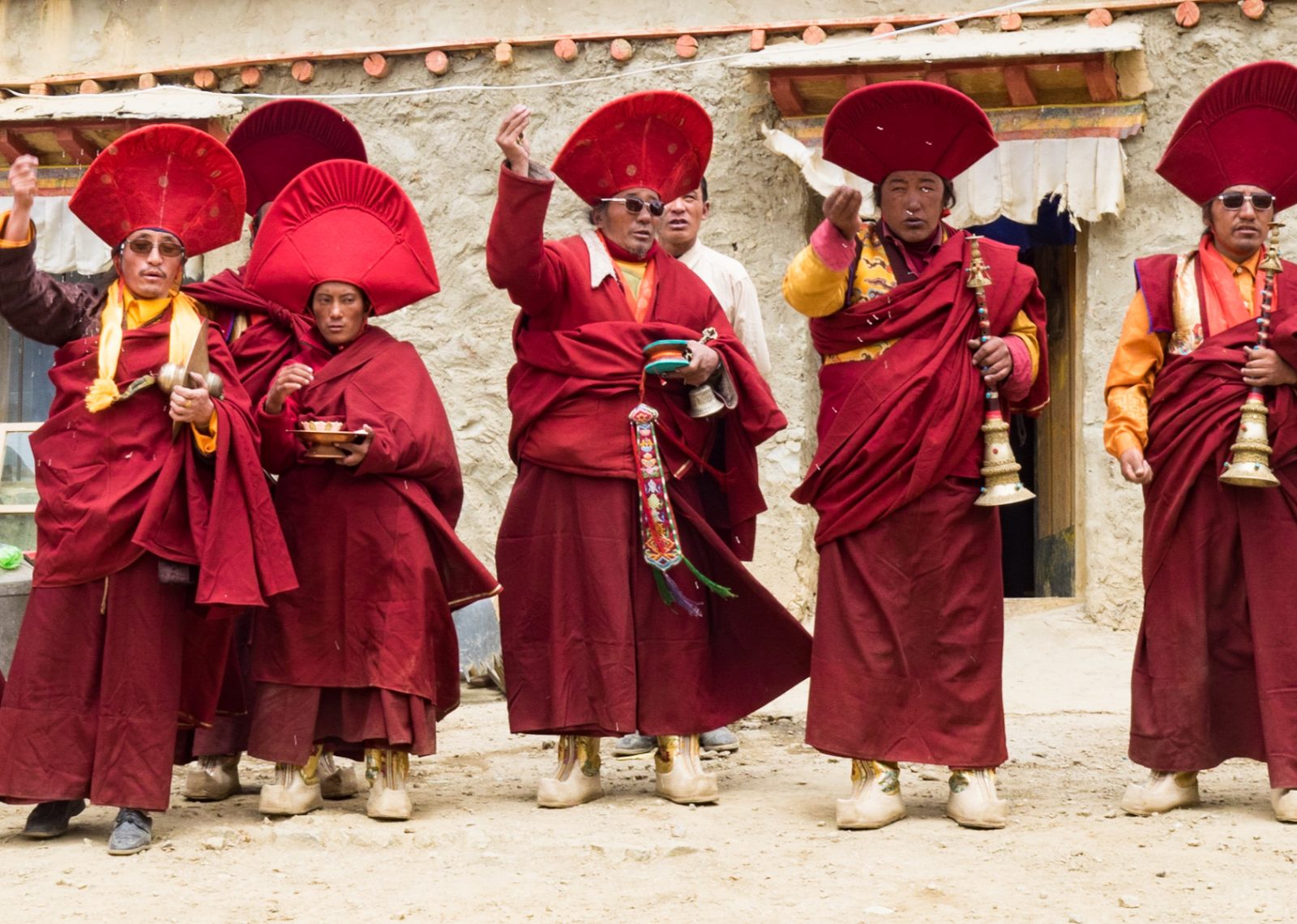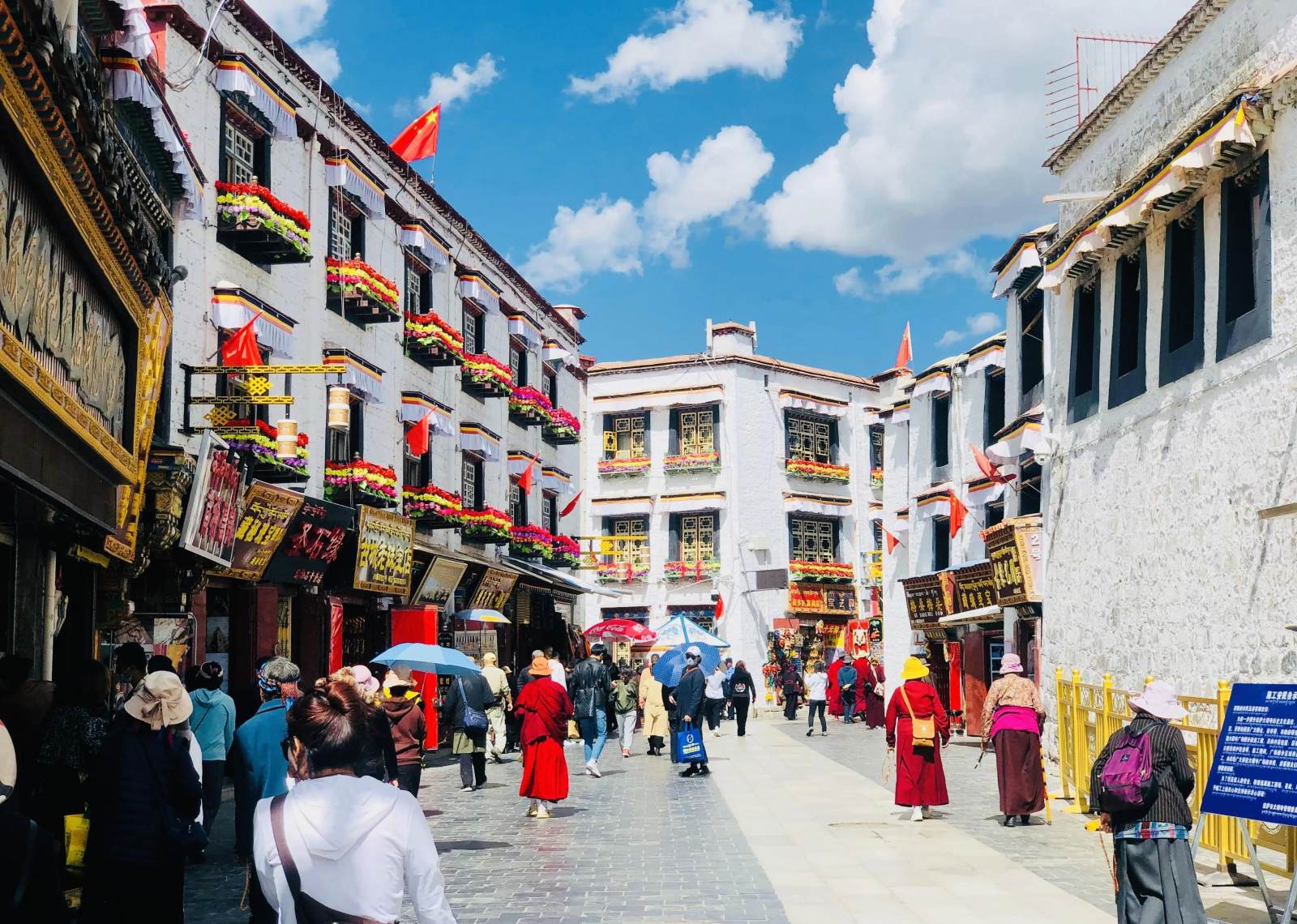
Jokhang Monastery in Tibet | Complete Travel Guide
By Martina
When I first stepped into Jokhang Monastery in Lhasa, I immediately felt that this was more than just a religious site. For Tibetans, Jokhang is the holiest and most important temple, often described as the spiritual heart of Tibet.
In this blog, I want to share not only the highlights of Jokhang but also my personal impressions and practical tips. If you’re planning your Tibet travel, this guide will help you make the most of your visit.
Architectural Highlights of Jokhang Monastery
What fascinated me most about Jokhang is its unique blend of architectural styles. The monastery combines elements of Indian, Nepalese, and Tang dynasty designs, which makes it different from other temples in Tibet.
Inside, the halls are dimly lit by butter lamps, filling the air with the scent of yak butter. The main attraction is the Jowo Shakyamuni statue, considered the most sacred image of Buddha in Tibet. Even if you’re not religious, the atmosphere here is powerful and unforgettable.
On the rooftop, I enjoyed panoramic views of Lhasa, with the Potala Palace standing majestically in the distance. It was one of the best photo spots during my Tibet tours.

Must-See Highlights Within the Jokhang Monastery
One thing I quickly learned is that Jokhang Monastery is not very large, but every corner has something meaningful. Here are the highlights you should not miss:
- Jowo Shakyamuni Statue – The most sacred image in Tibet, believed to be a lifelike representation of Buddha at the age of 12. Pilgrims sometimes wait hours just to get a glimpse.
- Main Assembly Hall (Tsokchen) – Filled with massive golden statues, thangkas, and butter lamps, this hall reflects the essence of Tibetan Buddhist rituals.
- Chapels Along the Corridors – Each small chapel tells a story, with deities, guardians, and offerings. Take your time; a guide can help explain the details.
- Rooftop Golden Statues – The roof is adorned with golden deer and a Dharma wheel, iconic symbols of Tibetan Buddhism. From here, you also get an excellent view of the Potala Palace.
- Butter Lamps – The warm, flickering lights create a deeply spiritual atmosphere. Locals believe offering butter lamps accumulates merit and brings blessings.

Best Time to Visit Jokhang Monastery
In my experience, the best time to visit Jokhang is early in the morning or after the Potala Palace. That’s when most pilgrims come to pray, and the atmosphere is at its most authentic. The temple can get very crowded later in the day, especially during peak Tibet travel seasons (summer and major Tibetan festivals).
If possible, plan your trip during the Tibetan New Year (Losar) or the Saga Dawa Festival. Jokhang becomes the center of religious activity, and while it’s busy, the energy is unforgettable.

Opening Hours of Jokhang Monastery
Jokhang Monastery usually opens from 8:30 AM to 6:30 PM, with a short break at noon. I suggest going early in the morning to avoid the crowds and experience the most authentic atmosphere when local pilgrims gather to pray.
Experiencing the Barkhor Street
Surrounding the monastery is Barkhor Street, a lively kora route and market area. Pilgrims walk clockwise around Jokhang while spinning prayer wheels, chanting mantras, or counting beads.
As a traveler, I loved blending into this rhythm, joining the pilgrims in the kora. The street is also filled with shops selling Tibetan handicrafts, prayer flags, and local snacks. I recommend taking your time here — it’s a wonderful way to experience everyday Tibetan life.

Practical Tips for Visiting Jokhang Monastery
- Altitude: Lhasa is at 3,650 meters above sea level. Take it slow the first day to avoid altitude sickness.
- Shoes: Wear comfortable shoes since you will likely walk and stand for long periods.
- Timing: Combine your visit with the Potala Palace and Ramoche Temple for a full day of exploring Lhasa’s spiritual heart.
- Offerings: If you wish to make an offering, small denomination notes or butter for lamps are appropriate. Follow your guide’s lead on how and where to offer.
- Respectful Space: Always step aside for elderly pilgrims and those performing prostrations. This act of respect is often more meaningful than capturing a perfect photograph.